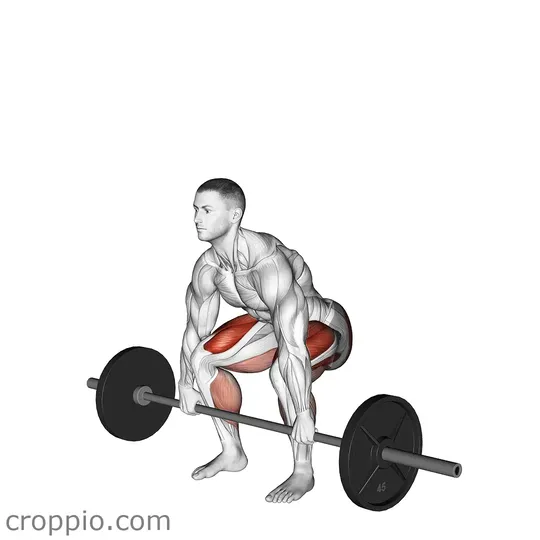How To Deadlift

Muscles Involved
The deadlift is a compound exercise that significantly engages several key muscle groups. The primary muscles targeted include the gluteus maximus, hamstrings, and quadriceps, which collectively facilitate the lifting motion. The lower back muscles, especially the erector spinae, play a crucial role in maintaining spinal stability throughout the exercise. Additionally, the core muscles, including the rectus abdominis and obliques, assist in stabilizing the torso during lifting, while the upper back muscles, such as the trapezius and rhomboids, help to keep the shoulders back and prevent injury.
Top Mistakes
- Using incorrect form: Rounding the back during the lift can lead to serious injuries.
- Starting with weights that are too heavy: This often compromises technique and increases the risk of injury.
- Not engaging the core: Failing to activate your core stability can lead to improper spinal alignment.
- Incorrect grip: Holding the bar too wide or too narrow can make the lift inefficient and uncomfortable.
Execution Tips
- Stand with your feet hip-width apart, with the barbell positioned over the midfoot.
- Squat down and grip the bar with both hands, either overhand or mixed grip.
- Engage your core tightly and keep your chest lifted to avoid rounding your back.
- Push through your heels as you lift the bar, ensuring that your hips and shoulders rise at the same rate.
- At the top of the lift, stand tall with your shoulders back and chest up, then lower the bar by hinging at your hips and bending your knees.
Workouts
Incorporating deadlifts into your workout routine can enhance your overall strength. It's advisable to start with 3–4 sets of 6–8 repetitions if you're seeking strength gains. For endurance, aim for 2–3 sets of 10–12 repetitions. Complementary exercises include squats, lunges, and Romanian deadlifts, establishing a balanced regimen that targets the lower body effectively. Ensure to have at least 48 hours of rest before working the same muscle groups again to promote recovery.
Conclusion
The deadlift is an exceptional full-body exercise that improves strength and functional movement. By targeting a vast range of muscle groups, it enhances athletic performance, promotes stability, and increases posterior chain power. When performed correctly, deadlifts can lead to impressive gains in strength and physique, making them a staple in any serious fitness program.



